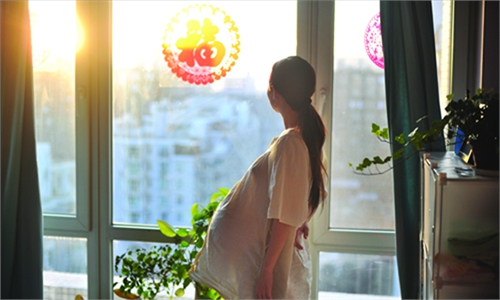
Sheng Laiyun, deputy head of the National Bureau of Statistics. Photo: Courtesy of State Council Information Office of China
China's population quality is improving at a faster pace, which provides a good resource guarantee for the country's high-quality economic development, although the country's population size has declined, the National Bureau of Statistics (NBS) noted on Wednesday.
China's population structure has undergone profound changes along with its economic and social development, which includes declining birth rate and accelerated aging, according to the Seventh National Population Census in 2020 and sample surveys on population changes in the past two years, Sheng Laiyun, deputy head of the NBS, told a press conference.
Additionally, the population in the Chinese mainland recorded negative growth for the first time in 61 years, decreasing by 850,000 in 2022, according to the NBS.
However, Sheng emphasized that China's total population is still relatively large, especially with nearly 900 million people of working age. The quality of the population is improving, with new data showing that average years of education for the working-age population has reached 10.93 years, and that there are 240 million people who have received higher education in China, Sheng said.
"Therefore, although the population has declined, quality has improved faster, which provides a basis for the high-quality development of China's economy," Sheng noted.
The nationwide population sample survey in 2023 is based on an estimate of 1.4 million people in 500,000 households, and will start on November 1, lasting about two weeks, according to Sheng.
The purpose of the survey is to reflect the population changes accurately, and to provide a scientific basis for formulating population policies, the NBS official added.
According to the Statistical Bulletin on Health Development in China 2022 released by the National Health Commission on October 12, the ratios of second-child and third-child among newborns were 38.9 percent and 15 percent respectively.
Global Times


